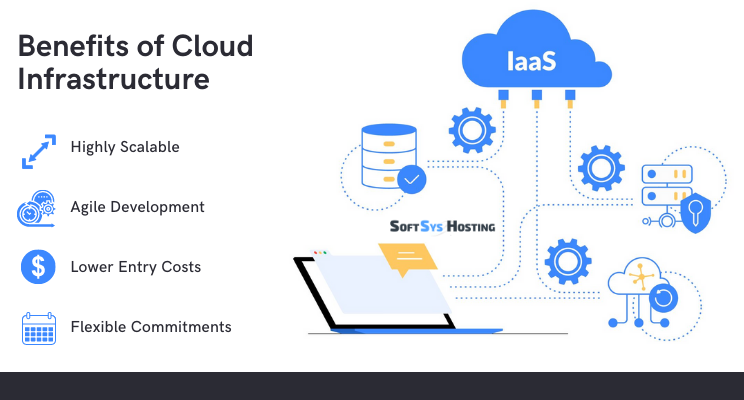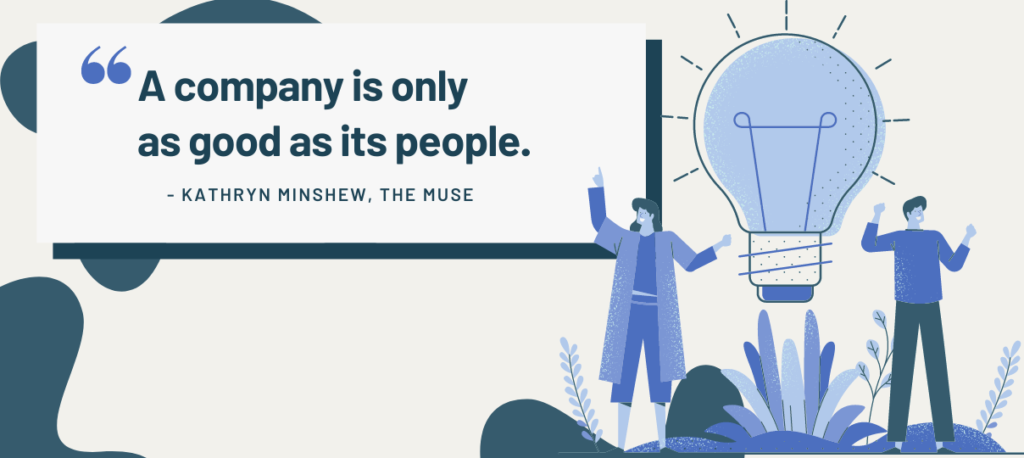Sales/Support: +1-862-214-2255
Month: March 2021
Cloud HostingDedicated ServerGeneralVPS HostingWeb Hosting
Critical IT Infrastructure Required To Ensure Business Success
It's no secret that IT infrastructure plays a key role in the success of any business. Can you try picturing a scenario where your IT infrastructure that hosts your business-critical application or website fails? Imagine the time it would take to restore your data and apps. You ...
GeneralUncategorized
Which Corporate Culture Is Yours (5 Major Types)?
A corporate culture can be described as a company’s overall attitude towards the work environment, the people who perform the work and their interaction with their customers.
A great corporate culture can motivate employees, increase productivity, and contribute to the overall success of the company. A poor corporate ...

